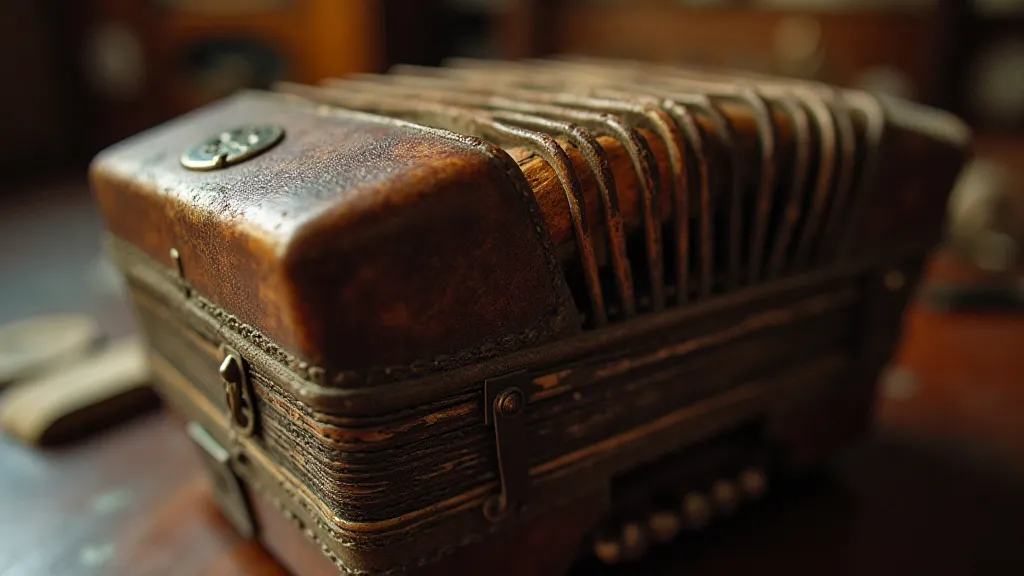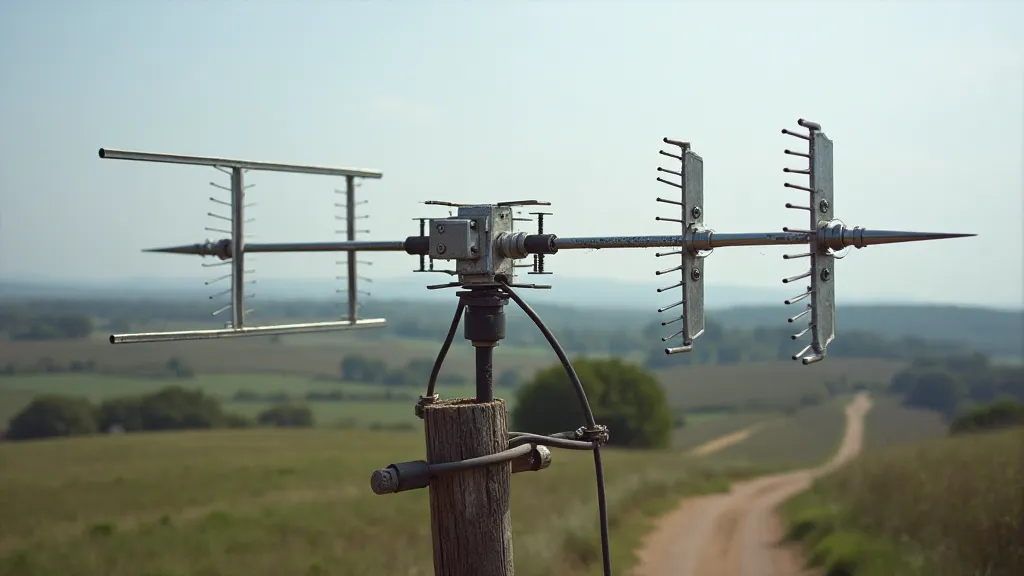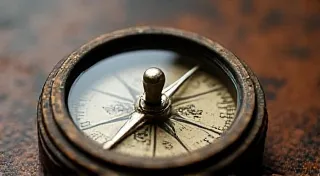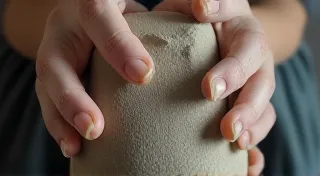The Alchemist's Forge: Building Antennas with Recycled Materials
There's a quiet magic in the hum of an antenna, a connection to voices across continents, a whisper of technology woven into the very air. But beyond the sophisticated components often associated with amateur radio, there’s a deeper, more resonant beauty – the beauty of ingenuity, resourcefulness, and a respect for what already exists. This isn’s just about constructing a device; it's about breathing new life into discarded treasures, transforming them into instruments of communication. I've always felt that building ham radio antennas, particularly from recycled materials, is akin to being an alchemist – taking seemingly worthless scraps and turning them into something valuable, something capable of bridging distances.
My fascination began, strangely enough, with accordions. My grandfather, a taciturn but undeniably brilliant man, collected them. Not pristine, showroom-ready accordions, mind you. He rescued them. Broken bellows, corroded reeds, missing keys – these were his stock in trade. He’s the one who taught me to see potential where others saw junk. He's the one who taught me that even in the most damaged things, there’s something worth saving, a lesson that has deeply influenced my approach to building antennas.

The Echoes of Craftsmanship
Consider the sheer craftsmanship of an old accordion. The precision of the reed plates, painstakingly cut and tuned; the complex folding and gluing of the bellows; the intricate keyboard mechanism. It’s a testament to a bygone era, when things were built to last, and repair was the norm. When an accordion’s bellows fails, or the reeds become damaged beyond simple repair, it often ends its life in a garage or attic. But those materials? They contain incredible properties that, with a little imagination, can be harnessed for amateur radio. The aluminum frames, the brass hardware, the surprisingly robust fabric of the bellows - all hold potential.
The appeal isn’t just about saving money, though that's certainly a nice benefit. It's about honoring that original craftsmanship. When I use a piece of aluminum from an old accordion frame in an antenna, I’m carrying on a legacy. I’m acknowledging the skill and dedication of the person who built it in the first place. And, frankly, there's a certain satisfaction in knowing that I’m giving that material a new purpose, a new chapter in its life.
From Discards to Signals: Practical Applications
So, how does this translate into actual antenna construction? Let's explore some concrete examples. The aluminum frames from accordions, often very thin and lightweight, are excellent for creating small, portable VHF or UHF antennas. They can be formed into loops or folded dipoles with surprising rigidity. The brass hardware—screws, rivets, brackets—can be repurposed as supports and connectors. Even the fabric of the bellows, when carefully cleaned and treated, can be used as an insulating layer or as part of a directional reflector.
Of course, safety is paramount. Aluminum can be sharp; brass can contain lead; bellows fabric needs to be properly cleaned. Thorough inspection and careful handling are essential. I typically use nitrile gloves and eye protection when working with recycled materials. And remember, amateur radio is a privilege, and it’s our responsibility to operate safely and responsibly.
Ground plane antennas are surprisingly versatile and easily adaptable to recycled components. Think about using a discarded metal baking sheet, or even a section of an old metal bed frame, as the ground plane itself. The radiating element, a simple wire, can be made from salvaged speaker wire or antenna cable. The beauty of this approach is its simplicity—minimal materials, minimal complexity, maximum signal.
For VHF and UHF work, the thin aluminum sheets from old signage can be incredible resources. They're easily shaped and can be used to create simple Yagi-Uda elements or folded loop antennas. The principles remain the same as those used in commercial antennas, but the cost and the sense of accomplishment are significantly higher.
Understanding the Fundamentals: RF Principles in Action
While the creative repurposing is fun, it’s important to understand the underlying RF principles. Antenna design isn’t simply about throwing together some metal and hoping for the best. Wavelength, impedance, SWR – these are critical concepts that dictate how efficiently an antenna transmits and receives signals. Recycled materials present unique challenges in this regard. Variations in material thickness and inconsistencies in shape can impact performance. That's why understanding the basic equations and principles is so crucial.
For instance, when using recycled aluminum, its conductivity might be slightly lower than that of commercial antenna wire. This can lead to increased losses and reduced efficiency. However, with careful design and a bit of experimentation, these effects can be minimized. The real reward comes from the process of learning – observing how different materials and configurations affect signal propagation.
Even the simple act of bending an aluminum sheet can change its resonant frequency. A slight warp or imperfection can significantly alter its performance. This is why careful measurement and adjustment are essential. A simple SWR meter can be an invaluable tool in this process.
Beam Antennas: Recycled Reinventions
Building a directional beam antenna from recycled materials presents a greater challenge, but the rewards are even more substantial. Consider using sections of old aluminum siding or guttering to create the reflectors and directors. Precise alignment is critical for optimal performance, but even a slightly imperfect beam can provide a significant increase in signal strength.

The principles remain the same as those used in commercial beam antennas—careful spacing, precise length, and accurate alignment. However, the challenges are amplified when working with recycled materials. Variations in thickness and inconsistencies in shape can make precise adjustment more difficult. Patience and a willingness to experiment are essential.
The Alchemist's Reward
Building ham radio antennas from recycled materials isn't just about saving money or being environmentally friendly – although those are certainly benefits. It's about connecting with a deeper sense of purpose, a connection to the history of craftsmanship, and a respect for the resources we have. It's about embracing the challenge of innovation and finding beauty in the unexpected. It’s about the quiet satisfaction of transforming something discarded into something valuable, a tool for connecting with the world.
My grandfather’s legacy lives on, not just in the accordions he rescued, but in the spirit of ingenuity and resourcefulness that he instilled in me. And every time I transmit a signal using an antenna built from recycled materials, I feel a connection to him, to the history of craftsmanship, and to the boundless potential of human creativity. It's the alchemist's reward – turning scraps into signals, and finding magic in the hum of the air.





